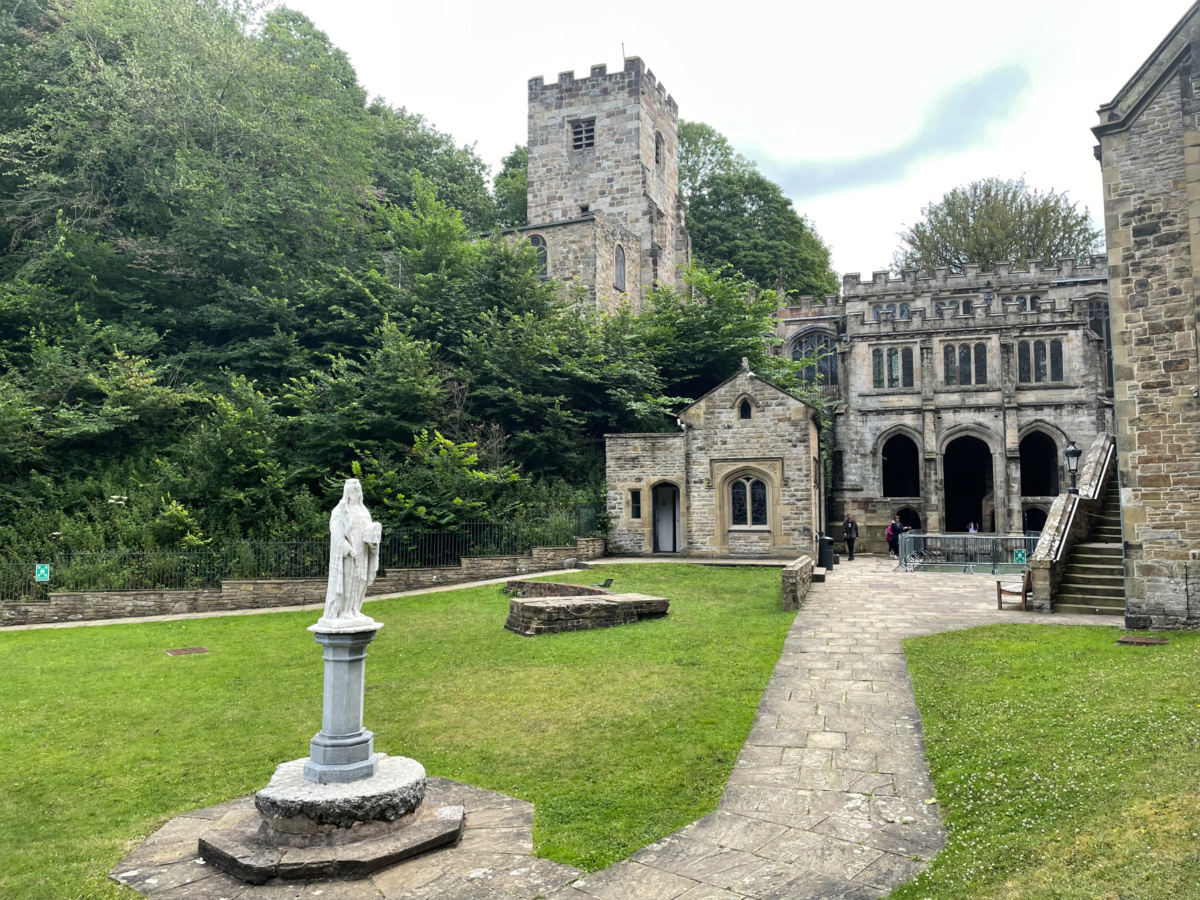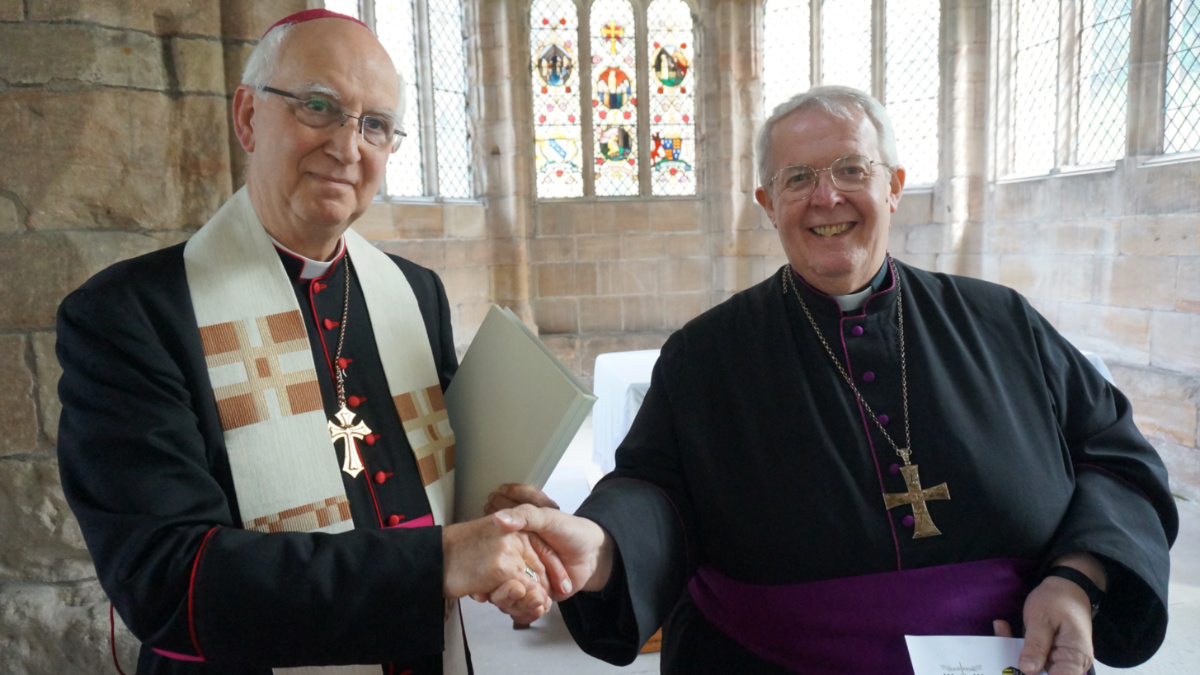Norwich, UK
For more than 1,400 years, pilgrims have been making their way to the quiet shrine of St Winifride at Holywell, near Wrexham in Wales.
Now, the Catholic Bishops’ Conference of England and Wales have granted it national shrine status, making Holywell the first such site in Wales and only the second in the UK (the other being Walsingham in Norfolk).

The Shrine of St Winifride at Holywell. PICTURE: Courtesy of the Diocese of St Asaph
“Holywell has a long history of pilgrimage and popular devotion, the shrine has now been granted by the Bishops of England and Wales the canonical status of being a national shrine in England and Wales,” said Peter Bignall, Catholic Bishop of Wrexham, in announcing the move.
Holywell owes its origins to St Winifride, a 7th century Celtic lady who decided to become a nun. Enraged, her suitor Prince Caradoc attacked and killed her. Legend says that when her head touched the ground, a spring of water began to flow. The prayers of her uncle, St Beuno, restored Winifride to life. Caradoc vanished having been cursed by St Beuno, and Winifride entered a convent.
Healing miracles began to be associated with the spring at Holywell. By the 12th century there are written records of pilgrims visiting the site and bathing in the pool and, in subsequent years, the site attracted considerable numbers of pilgrims including royal visitors like King Richard the Lionheart, King Henry V and King Edward IV.
Even after the Reformation, people were still drawn to the site. Records show that in 1629, 14,000 people and 150 priests gathered at the site on St Winifride’s feast day – this at a time when Catholics were still being executed for their faith. James II and his Queen came in 1686 to pray for a heir, while in 1828, King Leopold of Belgium brought his niece, the future Queen Victoria. Numerous healings were reported to have taken place at the shrine in Victorian times.
Known as the Lourdes of Wales, Holywell has continued to grow in popularity. It even featured in A Morbid Taste for Bones, the first in the Ellis Peters Brother Cadfael medieval mystery series which was subsequently televised.
The site is now co-owned by the Anglican Church in Wales’ Diocese of St Asaph and the Roman Catholic Diocese of Wrexham. The two dioceses have signed an agreement to co-operatively develop the site as an integrated place of worship, pilgrimage and tourism with the intention of developing the site’s Anglican Church of St James as a wellbeing centre, creating a place for healing, worship and community activity.
Bishop Brignall has been reported as saying that Holywell should be a place of “consolation, hope and healing”, especially for women who have suffered sexual or domestic abuse.
Meanwhile, the Anglican Bishop of St Asaph, Gregory Cameron, stated that the site is a “world place of pilgrimage, sacred to Christians from all traditions down through history”.
“We’re co-operating to establish this special place to welcome Christians and people of all faiths, sharing as much as we can, while maintaining our distinctive traditions,” he said.

Rt Revd Gregory Cameron, Anglican Bishop of St Asaph, and the Rt Revd Peter Brignall, Catholic Bishop of Wrexham, announcing the Holywell collaboration. PICTURE: Courtesy of the Diocese of St Asaph
Pilgrims can still arrange to bathe in the pool, which is accessible on a daily basis. A 15th century chapel built on the orders of Lady Margaret Beaufort, mother of Henry VII, covers the well pool and St Bueno’s stone.
The Diocese of Wrexham informed Sight that annual visitor numbers are expected to rise to 40,000 by the end of March, 2024. Pilgrims from all nationalities visit Holywell mainly between March and October every year.
Karen Maurice, of the Diocese of St Asaph, adds: “Holywell is on the North Wales Pilgrims Way which starts close to Holywell at Basingwerk Abbey [now a ruin] and ends on Bardsey Island. More people are undertaking this route each year. The Diocese of St Asaph has a group which walks the whole route every May, and some sections have been walked by young people from the Diocese going on pilgrimage.”






